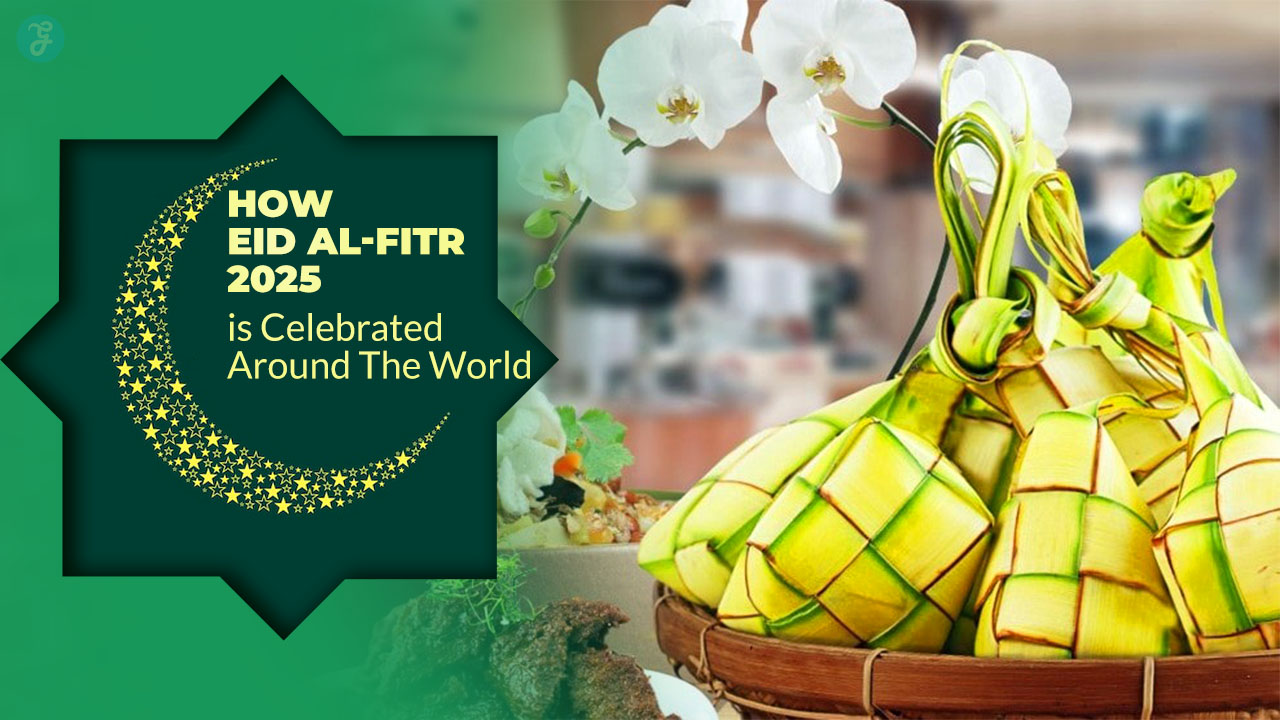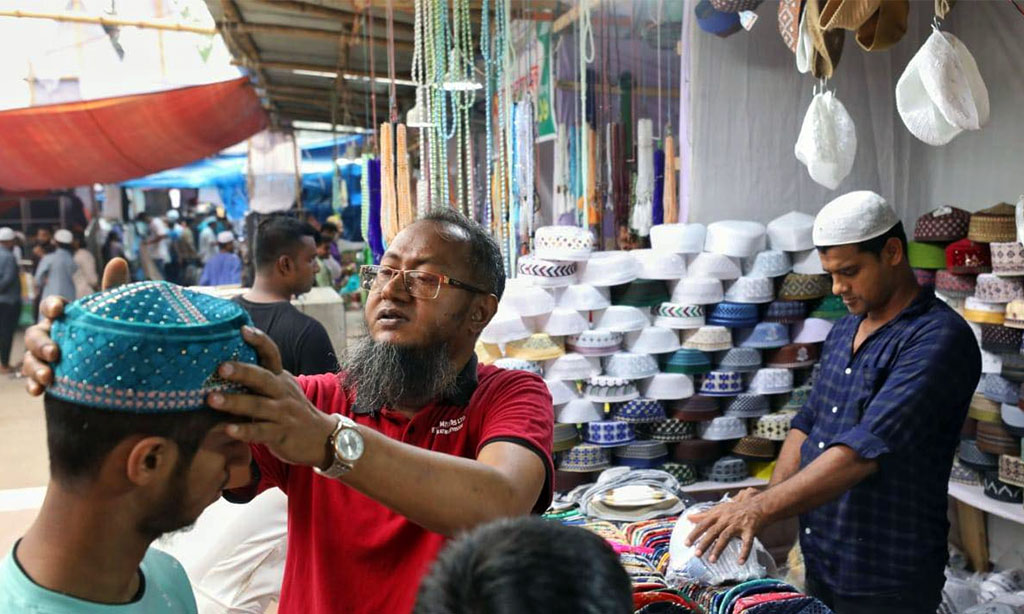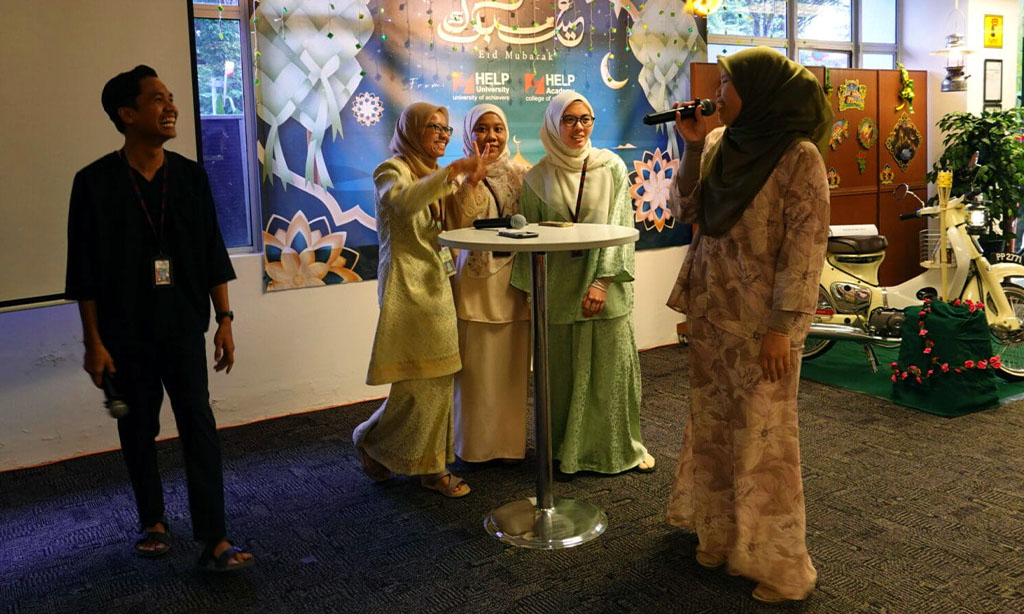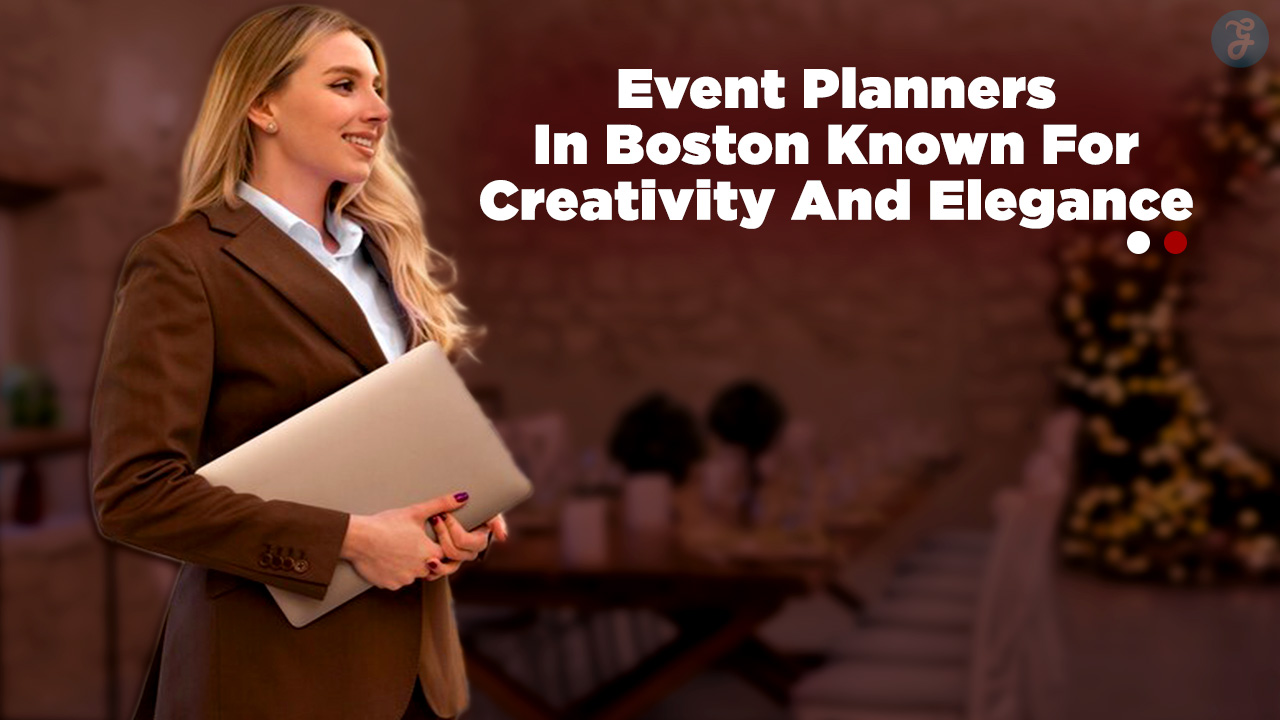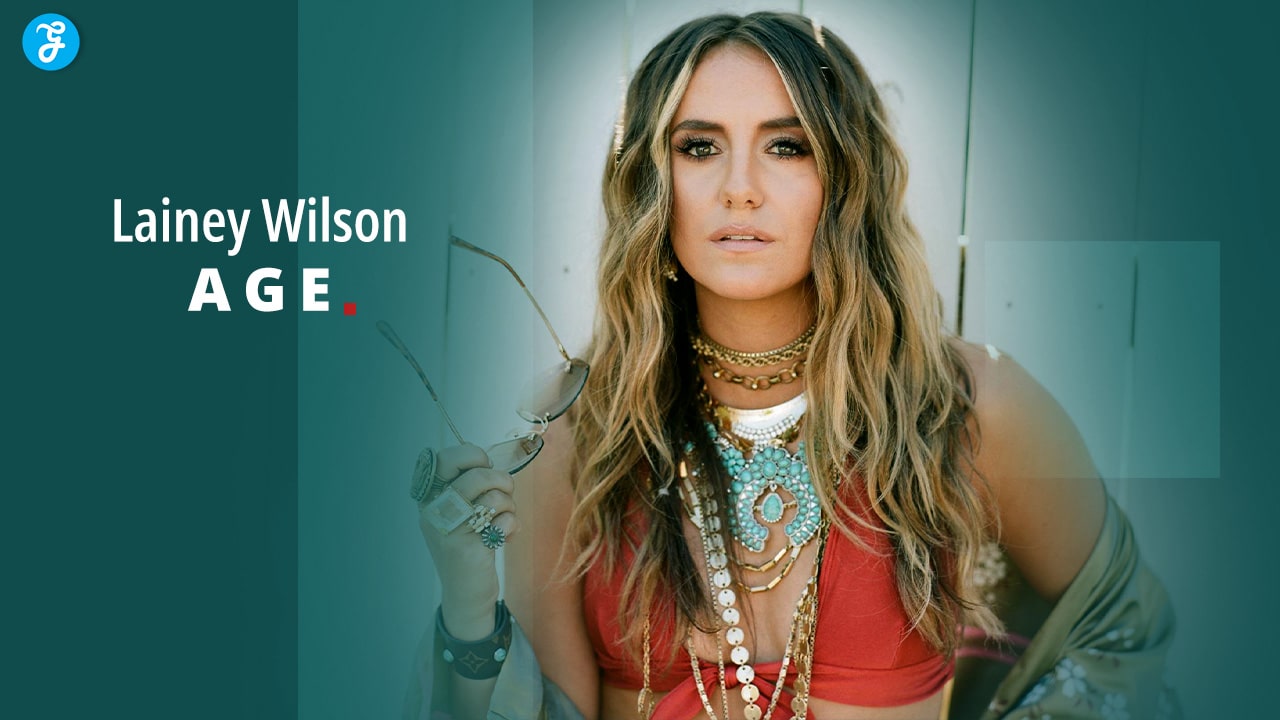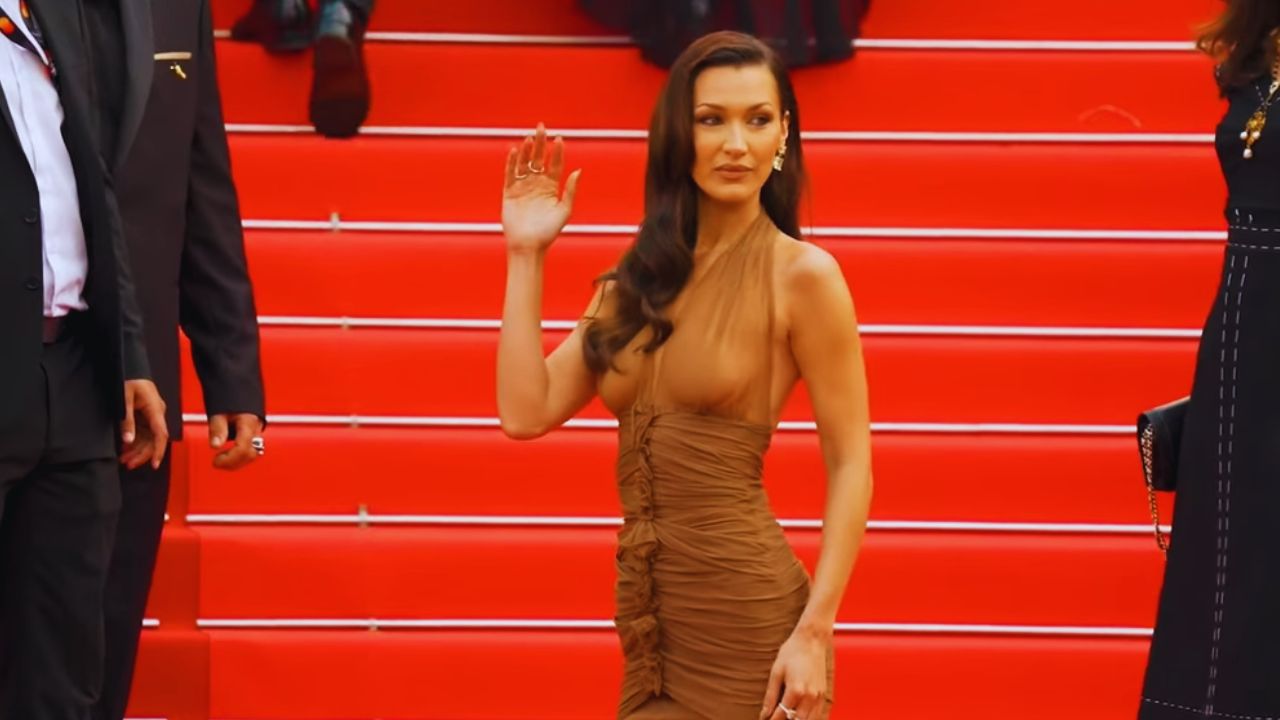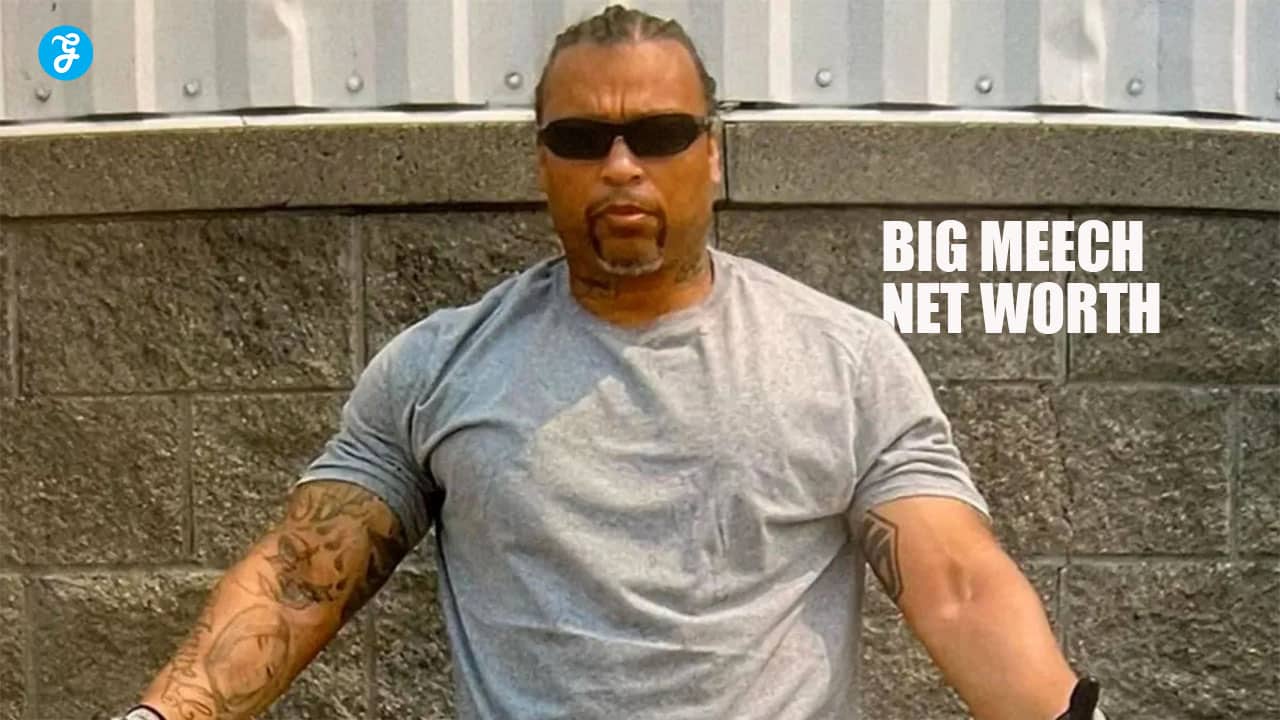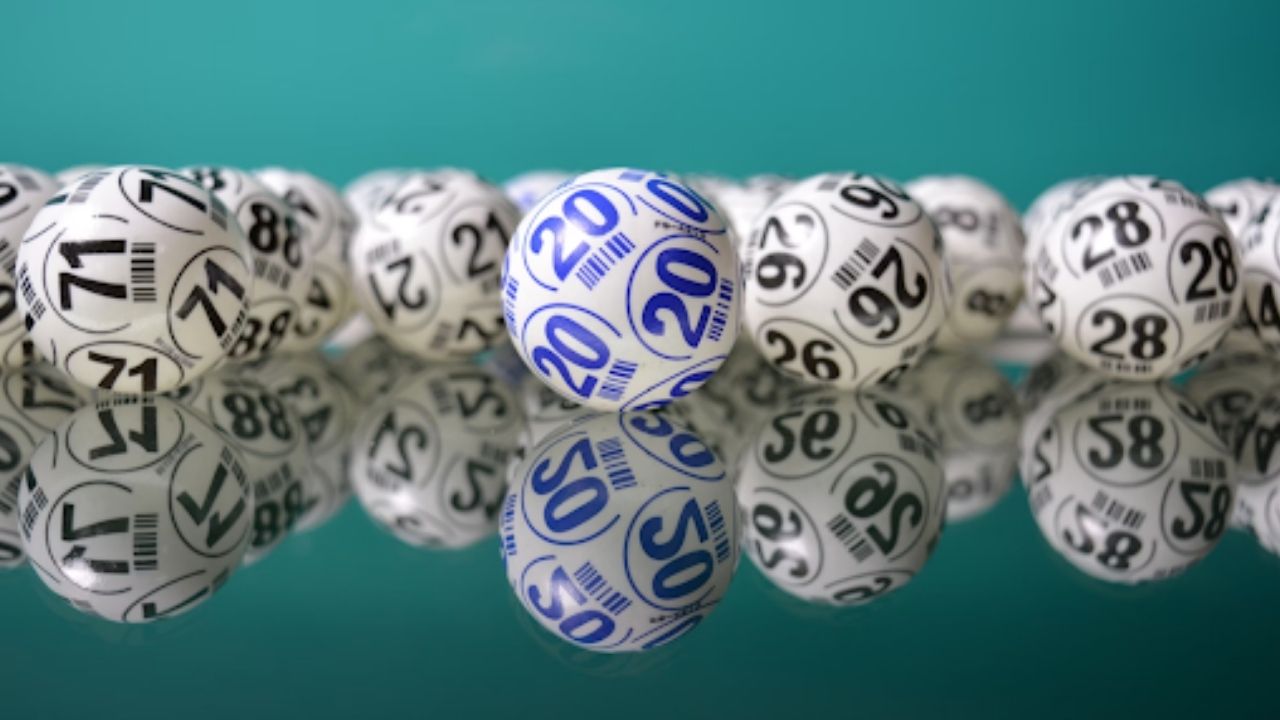Eid Mubarak! Want to know how everyone celebrates Eid? Eid al-Fitr is a special Muslim holiday at the end of Ramadan. This celebration has gift exchanges and big meals. Get ready to explore unique Eid traditions from around the world!
Key Takeaways
- Eid al-Fitr is celebrated globally with unique traditions, like feasts and charity in the UAE with Zakat al-Fitr set at Dhs25.
- Turkey marks Ramazan Bayramı with sweets such as baklava, while Indonesia has ketupat and visits to ancestral graves.
- Morocco features henna and community meals. In India, Chaand Raat includes late-night shopping before Eid.
- Saudi Arabia holds large Eid prayers and gives Zakat al-Fitr. Pakistan has henna nights and sweets exchanges.
- Egypt hosts street festivals and serves fattah, while Malaysia has open houses with rendang. Nigeria includes drumming and the Durbar festival with up to 10,000 horse riders.
1. United Arab Emirates: Lavish Feasts and Charity
Now, let’s see how the day of Eid al-Fitr is celebrated in the United Arab Emirates. Eid celebrations in the UAE mean big feasts and lots of giving. People enjoy traditional dishes.
Think tasty biryani, flavorful ouzi, sweet baklava, and delicate maamoul.
Festivities really pop here! Expect amazing fireworks, exciting cultural shows, and fun carnivals. Also, don’t forget about zakat al-Fitr. It is set at Dhs25 per person, promoting community service and helping those in need during this Islamic holiday.
Eid Mubarak!
2. Turkey: Traditional Sweets and Family Gatherings
Different regions celebrate differently. For instance, the United Arab Emirates focuses on big meals and helping those in need. Turkey has its own special way to celebrate Ramazan Bayramı, also known as Şeker Bayramı or sugar feast.
This “festival of breaking the fast” lasts three days.
Families gather to share special treats. Traditional foods, like baklava and halva, are popular. You’ll find morning eid prayers at historic mosques. Children often receive sweets, Turkish delights, also baklava, and even money as gifts.
These Eid celebrations bring family and friends closer.
3. Indonesia: Ketupat and Visiting Ancestral Graves
Indonesia celebrates Eid al-Fitr, also known as Lebaran or Hari Raya Idul Fitri. People may know it as the lebaran. The government even helps people travel, providing free transportation for *mudik*.
This helps many get home.
During Hari Raya, families enjoy special foods. One popular dish involves cooking rice in coconut milk. It’s called ketupat and goes well with peanut sauce. A traditional dessert is the thousand-layer cake, or *lapis legit*.
People will visit ancestral graves to honor loved ones. What happens next?
4. Morocco: Henna, Festive Attire, and Community Meals
From Indonesia, our trip now moves to Morocco. Eid al-Fitr here bursts with color and community. Moroccans celebrate with beautiful henna designs.
Families also dress in festive clothes. They often wear traditional outfits like kaftans and djellabas. New clothes are bought for everyone. Common Moroccan foods include lamb, couscous, prunes, cookies, and pastries.
Large community meals strengthen bonds. These Eid celebrations showcase Morocco’s rich cultural diversity.
5. India: Chaand Raat and Shopping Sprees
In India, Eid celebrations have a special sparkle. You’ll find the night before Eid is Chaand Raat. Festivities include late-night shopping at festive street markets. Families gather, and markets shine with decorations and lights.
Chaand Raat is all about getting ready for Eid. Many people apply henna. Markets are full of the best decorations. Shopping sprees happen as people buy new clothes for Eid. Experiencing Chaand Raat is a great way to soak in the Meethi Eid spirit.
6. Saudi Arabia: Large-Scale Eid Prayers and Generosity
Saudi Arabia marks Eid with big prayers. These large-scale Eid prayer events take place at spots like Masjid al-Haram. Also, consider AlUla and the Floating Mosque of Jeddah. Morning prayers happen around 5:50 AM in Riyadh.
In Makkah, prayers start around 6:00 AM. Jeddah sees prayers at 6:05 AM.
Generosity is key during Eid al-Fitr. Before Eid prayer, giving Zakat al-Fitr is a must. The giving of charitable giving helps those in need. Many Saudis focus on community service during this time.
Also, they share sweet treats and desserts and Eid gifts with family. The spirit of Eid Mubarak shines through acts of kindness.
7. Pakistan: Henna Nights and Sweets Exchange
Now, shifting our focus eastward, discover Eid traditions in Pakistan. Eid al-Fitr brings excitement with henna nights. Women decorate their hands with henna and wear jewelry. They don new clothes.
Many wear the traditional shalwar kameez.
The exchange of sweets is a big part of Eid celebrations. Younger family members get sweets, gifts, and even holiday money. Dishes such as biryani, kheer, and sheer khurma add to the sugar feast.
Eid Mubarak is shared between family and friends.
8. Egypt: Street Festivals and Special Dishes
Changing gears, let’s see how Egypt celebrates Eid. Egypt goes all out with street festivals. These festivals burst with color and joy. Special dishes fill every table. Families and friends gather to share in the Eid al-Fitr festival.
Traditional foods include mahshi and fattah. Fattah is a mix of rice, meat, and bread. Other favorites are qatayef and kahk. Kunafa is another popular sweet dessert. Children get new clothes and sweets.
It is part of the Eid celebrations. Sham El-Nessim is also celebrated. It includes outdoor picnics and traditional foods. Many enjoy the breaking of the fast with these feasts.
Get ready for a delicious sugar feast!
9. Malaysia: Open Houses and Traditional Music
In Malaysia, Hari Raya Aidilfitri is a joyous time! It is also known as Hari Raya Puasa. Open houses are common; everyone is welcome. People share food and enjoy cultural performances.
Traditional musical instruments play lively tunes.
Many dishes are served, such as rendang and satay. These savory foods use curry sauce. Nasi lemak is another popular dish. You might also find es cendol, a sweet treat. Baju Kurung, a type of clothing, is worn.
Does Nigeria also offer unique Eid traditions?
10. Nigeria: Drumming and Community Parades
Nigeria marks Eid with vibrant celebrations. Here, you will find energetic drumming and community parades. The Durbar festival is also a key event. UNESCO added it to its list of cultural treasures on May 12, 2024.
This festival takes place in Kano. Up to 10,000 horse riders participate. The parade showcases Nigerian knights on horseback. It displays a mix of ethnic groups. These include Hausa, Fulani, Arabs, Nupe, Yoruba, and Tuareg people.
Many call the celebration Barka da Sallah or Small Sallah. These highlight the cultural traditions of Eid al-Fitr.
Takeaways
Eid al-Fitr’s spirit shines through diverse customs. These customs include prayer rugs, family feasts, and sweet treats. The holiday reminds everyone of our shared humanity and the joy found in community.
Embrace the crescent moon’s message of unity. Experience the festival of breaking the fast and its global celebration.
FAQs on Unique Eid Traditions
1. What is Eid al-Fitr?
Eid al-Fitr, also called the “Sugar Feast” or “Lesser Eid,” marks the end of Islamic fasting during Ramzan. It’s a big holiday celebrated within Islam!
2. What’s the deal with “Eid Mubarak?”
“Eid Mubarak” is how folks greet each other. It means “Blessed Eid!” You’ll hear it a lot during the Eid festivals.
3. What are some common Eid traditions?
Many put on new clothes, give Eid gifts, and do community service. Moon sighting determines the Eid day, so keep an eye out!
4. What’s Zakat al-Fitr?
Zakat al-Fitr is a special charity given before Eid prayer. It helps those in need celebrate too.
5. How do people celebrate around the globe?
From sheer khurma to teh tarik, celebrations vary! Some places have bamboo cannons, while others light up mahya lights. Cultural diversity shines!
6. Is Eid al-Adha the same as Eid al-Fitr?
Nope! Eid al-Adha, or “Feast of the Sacrifice,” honors Prophet Ibrahim. It’s different from Eid al-Fitr, the “Festival of Breaking the Fast.”


